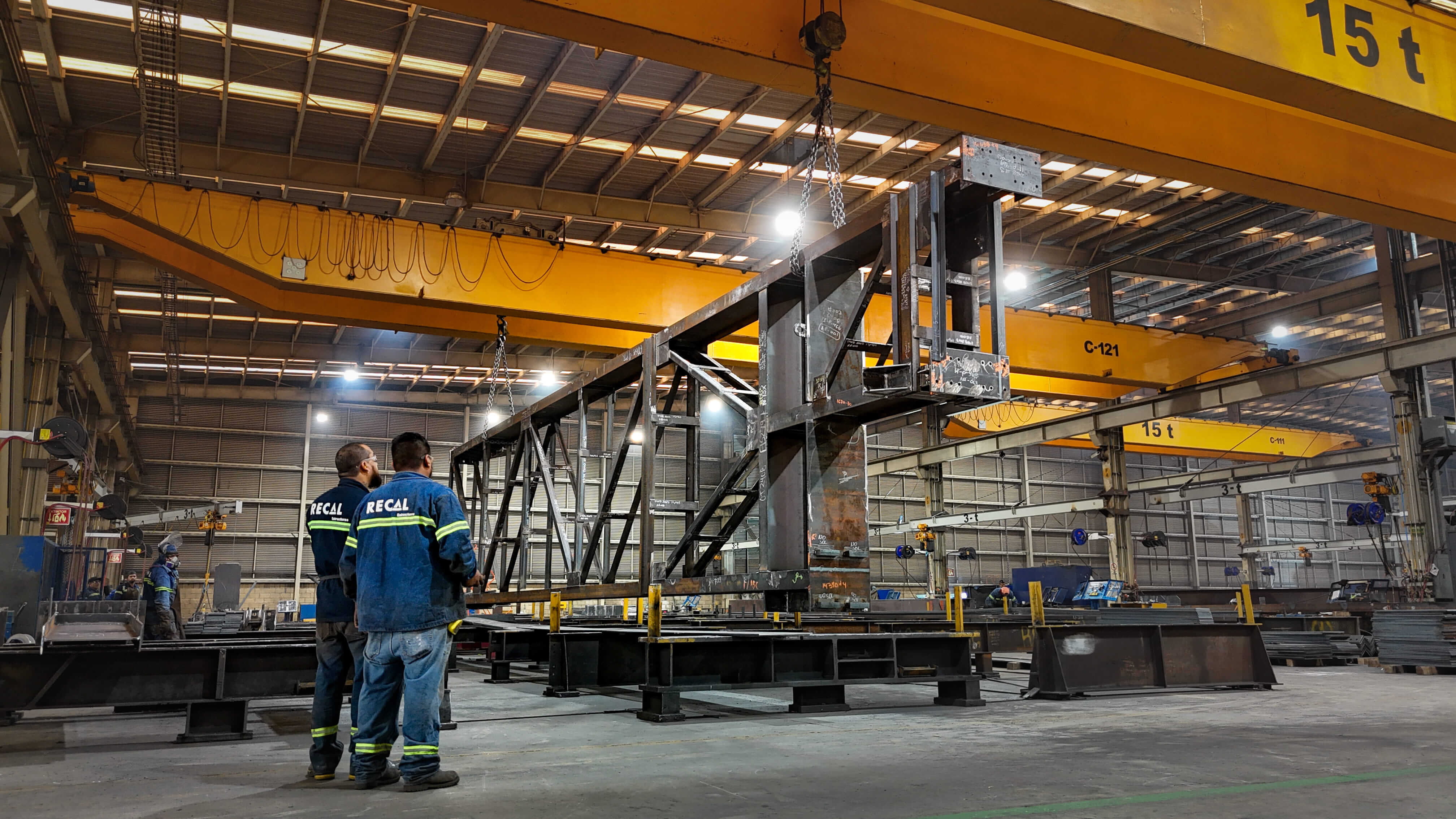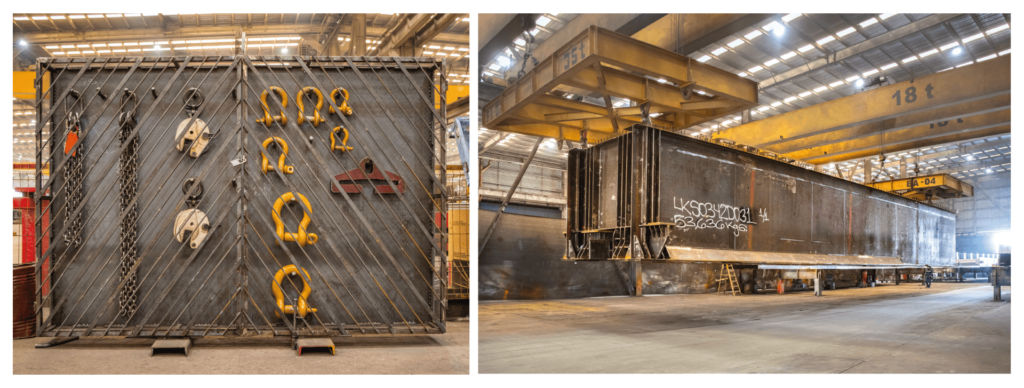

Critical Crane Operations: Planning, Precision, and Safety
When it comes to moving large, valuable, or complex loads, there is no room for error. Critical crane operations require more than just heavy machinery — they demand technical knowledge, meticulous planning, and a team with proven experience.
What Makes a Lift Critical?
- Because we know what’s at stake. These operations are classified as critical due to their high level of risk and typically involve:
- • More than 80% of the crane’s load capacity.
- • High-value or sensitive components.
- • Tight spaces, live-line areas, or extreme conditions.
- • The simultaneous use of two or more cranes.
- • Personnel lifting with specialized safety protocols.
The Key: A Detailed Lift Plan
- Every operation begins with a customized lift plan tailored to the project’s specific needs:
- • Structural and ground condition analyses.
- • Selection of cranes, slings, shackles, and all necessary rigging equipment.
- • Precise calculations of radii, angles, and load distribution.
- • Ongoing supervision by qualified, certified personnel.

Safety Backed by Action
We adhere to international standards such as ISO, ASME, and NOM. Our equipment includes safety limiters and monitoring systems, and we maintain a strong focus on continuous training to ensure our team is ready for any challenge.
- For every lift, we offer:
- • Execution by certified operators with real field experience.
- • Inspected, calibrated equipment adapted to each condition.
- • Clear and constant communication with the client to build trust.
- • Safe, efficient, and trouble-free results.
In summary:
A critical lift isn’t impossible — but it demands technical excellence, operational precision, and a full commitment to safety. In our company, every lift is executed with responsibility, backed by engineering, experience, and a highly skilled team.